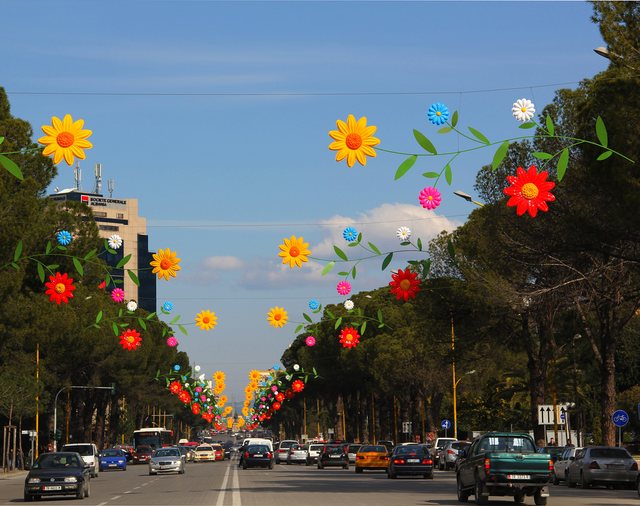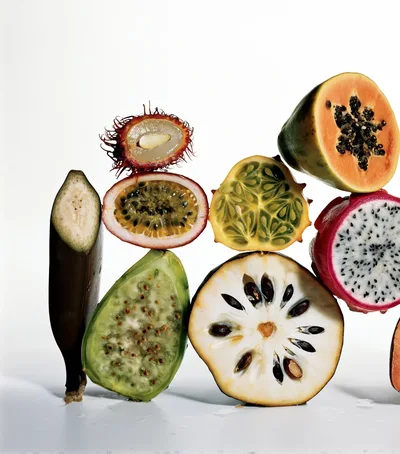
1. The origin of Summer Day comes from antiquity. It is an Arbëresh holiday inherited in particular by the citizens of VALM, Elbasan (Skampa of antiquity) and is always celebrated on March 14.
2. Summer Day, known as the feast of the renewal of nature and the continuity of life, is today a national holiday and is celebrated nationally as such.
3. Morning of March 14 - Everyone wakes up with the same prayer: Inshalláh is a good time! The ritual continued with the preparation by the owner of the house of dishes to make daggers (legs) to relatives, etc. This included pilaf with turkey, ballokume or revani, boiled eggs, nuts, figs and 2-3 flower stalks, usually cornflowers, which bloom early in Elbasan.
4. The cult of this holy day has long had its "temple" in the areas of Elbasan, as in these parts was the shrine of Zana of Cermenika (Diana Candaviensis). In ancient times the goddess Diana was held as the goddess of hunting, forests and all nature. It was worshiped not only in the Illyrian areas, but throughout the Mediterranean coast. Her statues have been found not only in Apollo, but also off the coasts of North Africa and Asia Minor.
5. The fact that a mystical celebration of nature, was preserved in the city of Elbasan and was conveyed "clean" to this day, despite the historical, ideological and religious waterfalls, is a national pride and wealth.
6. The distinguishing mark of this celebration is the cooking of ballocums. While in Lezha on the summer day purifying fires were lit to give strength to the sun in the yard and in the gardens. Women performed magical rites against other harmful, predatory beings.
7. On March 13, people take a small bunch of fresh grass along with the roots and soil to have at home on the morning of March 14. This ancient custom is preserved and celebrated not only in Elbasan, but also in Debar, Struga and Prespa.
8. Summer Day was the day of the beginning of the year according to the very ancient Albanian calendar, a day that was celebrated many centuries before the birth of Christianity. It was celebrated on March 1 according to the Julian calendar, the first day of the new year (according to the Gregorian calendar, March 14).
9. The Iranian people (the founders of this holiday) celebrate it on March 21, because exactly on this date begins the first season of spring, exactly on this date begins the first astrological sign, Aries, which is the sign of fire, therefore the symbol of this holiday is fire.
10. Although this holiday takes place in spring, in ancient times only two seasons were known: Summer, which started in March and ended in September, and Winter, which started from September to February. So, scientifically, this holiday should be celebrated on March 21, because at that time day and night are equal.
11. Shumë vite më parë, në Elbasan festa kishte përmasa të mëdha. Një muaj më parë, por dhe më herët, sigurohej gjeli i detit, i cili së bashku me ballokumen dhe revaninë përbëjnë nishanet më përfaqësuese të festës. Gjeli i detit ka qenë tradicionalisht pjesë e Ditës së Verës. Gjeli ushqehej me shuka që të ishte i madh, i majmë, me pendë të shkëlqyeshme dhe “i fortë”.
12. Pas kësaj date, hynte mbretëria e Diellit (zotit të lashtë pagan), dita fillonte të zgjatej dhe Dielli dukej përherë e më shumë.
13. Shumë kohë me përpara kjo festë festohej edhe më 1 mars, sepse marsi ishte muaji i parë. Sot ne të gjithë përdorim kalendarin gregorian, i vendosur nga papa Gregori, ky është kalendar i bazuar te Dielli.
14. Another somewhat unusual rite was performed on the morning of Summer Day. Little boys would go out early in the morning and knock on the door hammer (families, not relatives). If the call was heard from within: - Who is it? - then the boy started the verses:
Get lice and fleas
Morning sleep
Summer fever
With door hammers
The symbolism of this rite was for the stranger to remove the wicked from his door, to leave it at the next door.





